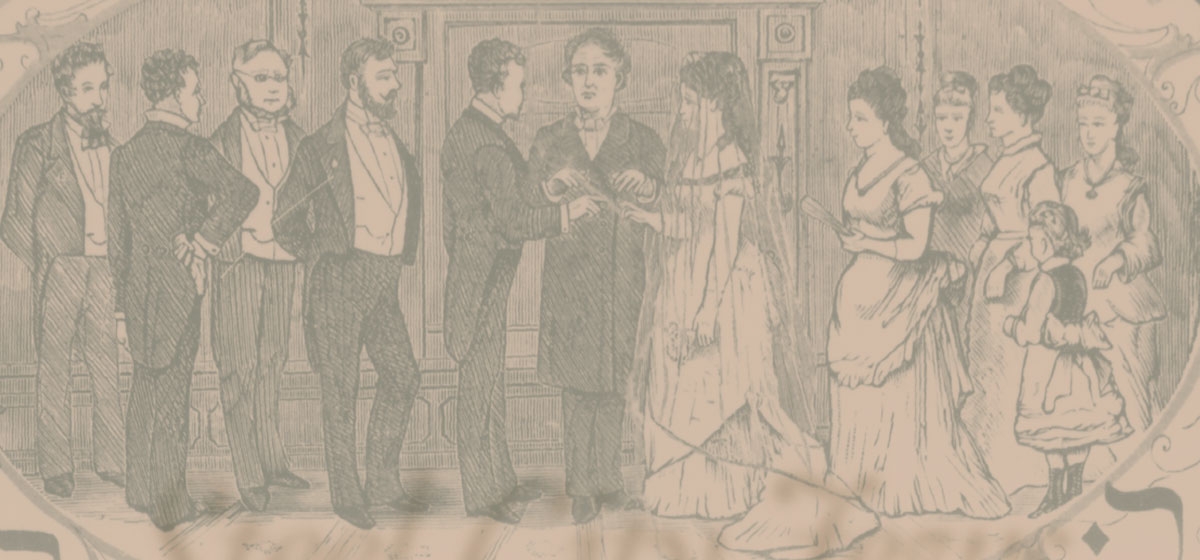Steel City Jews

Kudos to historian Barbara Burstin for producing “Steel City Jews: A History of Pittsburgh and its Jewish Community, 1840–1915.” For 10 years the author toiled alone, without a publisher, to create a labor of love that relates the early history of our city in the context of the Jewish experience.
She examines, intelligently and effectively, what it meant to practice Judaism in an area known as the “Presbyterian Valley”; to be merchants and manufacturers in a city renowned for heavy industry; to be integral to the development of a region of international significance, yet nearly invisible in its popular lore.
Unknown to many students of local history, Jews were actually among the earliest pioneers in this region; “merchant venturers” from Philadelphia and Lancaster who competed against the French for the Native-American fur trade along the Ohio. Indeed, the Jewish-owned Philadelphia firm of Simon & Franks was reportedly England’s chief supplier during the French and Indian War. In 1760, Simon’s son-in-law (and nephew), Levy Andrew Levy, had the distinction of being the first Jew ever to make his home in newly founded Pittsburgh, offering blankets, knives, nails, leggings, candles and rum to traders. He left the region after barely three years, complaining not only of his capture by Indians who sacked Fort Pitt, but also of the cultural isolation of his post. While there may have been God-fearing men in the frontier settlement, there was no community of Jews; no minyan (forum of 10 men) for a proper prayer service, no shochet (ritual slaughterer) for kosher meat. Levy was succeeded by other Jewish traders, but they, too, ultimately returned to the security and society of their eastern communities.
It was not until the 1840s that a viable Jewish community was finally established in Pittsburgh. As in the previous century, most of these settlers were purveyors of clothing, dry goods, liquor, livestock and tobacco, who perceived opportunity in the rapid growth of the iron city. As independent shopkeepers, Jews were permitted to set the terms of their employment, which allowed for the liberal extension of credit and closings in observance of their Sabbath and holidays.
The first Jewish communal organization, a burial society, was established in 1847 (a separate burial ground being a requirement of Jewish law), and the following year, the first synagogue, Shaare Shamayim. Another early association, the Hebrew Benevolent Society, was the precursor of important Jewish charities whose influences are still felt today, including Montefiore Hospital in Oakland and the Jewish Community Center in Squirrel Hill.
Many of the mid-19th-century Jewish immigrants were of German origin or ancestry. They mostly settled in Allegheny City, just north of Pittsburgh, which was then home to a large German population. While German Catholics were subjected to vicious discrimination from Protestants who feared an “assault of Romanism,” the relatively minute Jewish community attracted little attention, negative or otherwise. Because the mercantile Jewish community was prosperous, upwardly mobile and entirely removed from the competition for mill jobs that contributed to denominational animosity, it garnered not only tolerance, but respect. Eventually an upper-middle-class Jewish elite arose in Allegheny, whose members constructed handsome homes alongside those of gentile industrialists, worshipped at Rodef Shalom Temple and socialized at the highbrow Concordia Club (originally located in Old Allegheny). Members of these privileged families often intermarried, thereby solidifying social and business ties. (Perhaps the most famous example is Edgar Kaufmann, of department-store fame, who in 1909 married his first cousin Liliane and her share of the family’s retail empire.)
The Jews who congregated in Allegheny were committed to establishing a new identity for themselves as American Jews. They advocated a reformed style of worship, combining the sexes and conducted in English. They sought to eliminate all practices that were outmoded or irrational, and they eagerly embraced modern American manners, both good and bad. (In one rather startling vignette, Burstin describes young matrons of the Concordia Club dressed as minstrels in blackface.) In their desire to assimilate, the German Jews who arrived at mid-century differed from their Eastern European counterparts, most of whom arrived toward the century’s end. The Eastern Europeans—often fleeing persecution in Poland, Russia, Latvia and Lithuania—clung to the languages and customs of the homelands from which they had been displaced. They clustered together in a New-World ghetto near the base of the Hill District that became a hotbed of Zionist fervor and the target of groundbreaking social-service efforts financed by wealthier Jews. (The legendary Irene Kaufmann Settlement, which provided healthcare, education, recreation and moral support to generations of Pittsburghers, was located there.) These “Hill Hebrews” also eschewed work in the mills, opting instead for shopkeeping (including bawdy houses) and the manufacture of inexpensive cigars, or “stogies.” In time, they would emerge from isolation to be absorbed into the fabric of the city, climbing the economic ladder out of poverty, abandoning the Hill for greener pastures (literally) in the East End, assuming important roles in public life and leading a revival of interest in traditional Judaism. But their heyday would not come until after World War I, beyond the scope of “Steel City Jews.”
In the period between 1840 and 1915, the influence of the liberal, progressive “elite” predominated, characterized by resolute pride and a sometimes naïve positivism. The first ambitious peddlers came in search of commercial success, and, having achieved it, their descendents turned their thoughts to “something better than business.” Actively working for social and political reform, and resisting efforts by the “codfish aristocracy” to humble them, they—both men and women—eventually assumed their place alongside gentiles at the front and center of civic life. The pursuit of the American dream that had drawn Jews to the region was at last becoming a reality. The Jewish community even boasted their own popular hero, Barney Dreyfuss, the enterprising owner of the Pittsburgh Pirates and creator of the World Series.
These same leaders pursued a vision of Pittsburgh as the “Marvelous American City,” determined to make it their Promised Land in spite of its imperfections. As one Reform leader said in 1903, “my Zionism is here, under the stars and stripes.”
And so it seemed, for a time. As the 20th century dawned, a magnificent new civic center appeared in Oakland, like a Beaux-Arts New Jerusalem, which included imposing structures to house both the Concordia Club and Rodef Shalom. In May 1909, William Howard Taft addressed a capacity crowd at the prestigious new temple in a historic “first visit by an acting president to speak in a Jewish house of worship anywhere in the country.” Praising Jews for “the highest standard of citizenship and patriotism,” Taft hoped to counteract “all narrowness and bigotry in religion,” and show by his presence that “this is a government of all the people.”
The optimism of the oughts was short-lived, however. U.S. entry into the Great War marked a significant shift away from the idealistic “brotherhood of man” that had so recently seemed within reach. Americans in general grew wary, not only of foreigners, but of each other, withdrawing into camps of their own kind and circling the proverbial wagons against those who differed in any way. Anti-Semitism, which in Pittsburgh had previously been sporadic and half-hearted, now reared its ugly head, and area Jews suffered open discrimination, particularly those with German surnames who had worked so hard to gain acceptance. Jews began to be suspected as subversives: anarchists, socialist agitators and union organizers.
As the book ends, the declaration of war in 1915 has left the peace-seeking Jewish community anxious, disillusioned and dismayed (Rodef Shalom actually means “seek peace”). Readers well know that the resilient community rebounded and prevailed, despite the considerable challenges of the past century, but will find themselves wishing for a second volume in Burstin’s words to bring the rest of the story to life.





